-
 Bitcoin
Bitcoin $121,528.0299
2.98% -
 Ethereum
Ethereum $3,068.2796
3.56% -
 XRP
XRP $2.9875
7.26% -
 Tether USDt
Tether USDt $1.0001
-0.01% -
 BNB
BNB $704.3033
2.01% -
 Solana
Solana $166.8292
2.88% -
 USDC
USDC $0.9998
0.00% -
 Dogecoin
Dogecoin $0.2063
3.87% -
 TRON
TRON $0.3027
-0.01% -
 Cardano
Cardano $0.7480
2.62% -
 Hyperliquid
Hyperliquid $48.3868
0.88% -
 Stellar
Stellar $0.4534
6.74% -
 Sui
Sui $3.9316
14.29% -
 Chainlink
Chainlink $16.2437
5.70% -
 Bitcoin Cash
Bitcoin Cash $513.4177
1.89% -
 Hedera
Hedera $0.2398
4.90% -
 Avalanche
Avalanche $21.7489
2.41% -
 UNUS SED LEO
UNUS SED LEO $9.0122
-0.22% -
 Shiba Inu
Shiba Inu $0.0...01375
3.85% -
 Toncoin
Toncoin $3.0263
0.37% -
 Litecoin
Litecoin $97.1823
2.52% -
 Polkadot
Polkadot $4.1006
3.53% -
 Monero
Monero $350.5690
4.05% -
 Uniswap
Uniswap $9.5209
12.39% -
 Dai
Dai $0.9997
-0.03% -
 Ethena USDe
Ethena USDe $1.0003
-0.04% -
 Pepe
Pepe $0.0...01257
2.00% -
 Bitget Token
Bitget Token $4.4824
2.65% -
 Aave
Aave $325.5161
7.61% -
 Bittensor
Bittensor $418.6689
6.29%
What is a 51% attack on blockchain?
A 51% attack occurs when an entity gains control over half of a blockchain network's hashrate, enabling it to manipulate transactions and potentially disrupt the network.
Feb 18, 2025 at 10:18 am
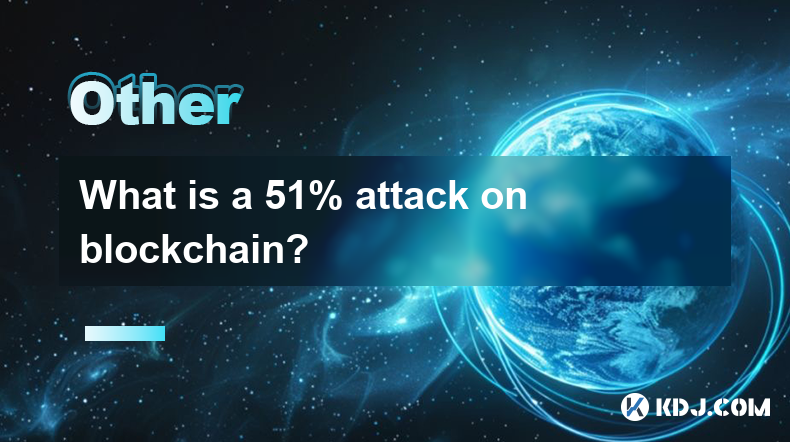
Key Points of a 51% Attack on Blockchain
- Explanation of a 51% attack in the cryptocurrency industry
- Potential consequences of a 51% attack on a blockchain network
- Ways to mitigate the risks of a 51% attack on a blockchain network
What is a 51% Attack on Blockchain?
A 51% attack on blockchain happens when a single entity gains control over half of the network's hashrate, enabling them to manipulate the network and reverse confirmed transactions. This can have severe implications on the security and integrity of the blockchain.
To maintain the integrity of a blockchain network, decentralized consensus mechanisms like Proof-of-Work (PoW) are employed. Miners validate transactions and add new blocks to the chain by solving complex mathematical puzzles.
An entity with 51% of the network's hashrate could manipulate the blockchain in several ways:
- Double-Spending: Reverse confirmed transactions and spend the same coins twice.
- Block Withholding: Prevent new blocks from being added to the chain, disrupting network activity.
- Chain Reorganization: Revert the blockchain to an earlier state, potentially erasing recent transactions.
Potential Consequences of a 51% Attack on a Blockchain Network
A successful 51% attack on a blockchain network can lead to significant consequences, including:
- Loss of funds: Double-spending can lead to users losing their cryptocurrency balances.
- Disruption of services: Block withholding can disrupt smart contract execution and DApp functionality.
- Network instability: Chain reorganization can create uncertainty and confusion among network participants.
- Reputational damage: A successful attack can damage the reputation of the blockchain project and its underlying technology.
Ways to Mitigate the Risks of a 51% Attack on a Blockchain Network
Several measures can be implemented to reduce the likelihood and impact of a 51% attack:
- Decentralization: Distributing hashrate across multiple miners makes it harder for any single entity to gain control.
- Proof-of-Stake (PoS) Consensus: PoS mechanisms reduce the need for excessive hashrate, making 51% attacks more expensive.
- Directed Acyclic Graph (DAG) Architectures: DAG-based blockchains can make 51% attacks computationally infeasible.
- Transaction Confirmation Thresholds: Requiring multiple confirmations before a transaction is considered final can mitigate the impact of double-spending.
- External Audits and Security Reviews: Regular audits and reviews can identify potential vulnerabilities and improve network security.
FAQs Related to 51% Attacks on Blockchain
Q: What is the likelihood of a 51% attack on a major blockchain network like Bitcoin?
A: The probability of a 51% attack on a well-established blockchain with a large hashrate and decentralized network is considered very low.
Q: If a 51% attack occurs, what can users do to protect their assets?
A: In the event of a 51% attack, users should remain vigilant and monitor their accounts for unauthorized transactions. They may consider moving their assets to a more secure wallet or exchange.
Q: Are there any specific blockchain networks that are particularly vulnerable to 51% attacks?
A: Smaller, less established blockchain networks with a low hashrate are more susceptible to 51% attacks. Miners with significant hashrate may be able to gain control of these networks relatively easily.
Q: Can a 51% attack compromise the integrity of a blockchain's smart contract functionality?
A: Yes, a 51% attacker could potentially manipulate smart contract execution by reversing or modifying transactions that trigger smart contract actions.
Q: What is the role of blockchain governance in preventing 51% attacks?
A: Blockchain governance mechanisms, such as multi-signature arrangements and decentralized voting protocols, can help prevent malicious actors from gaining excessive control over the network and potentially launching a 51% attack.
Disclaimer:info@kdj.com
The information provided is not trading advice. kdj.com does not assume any responsibility for any investments made based on the information provided in this article. Cryptocurrencies are highly volatile and it is highly recommended that you invest with caution after thorough research!
If you believe that the content used on this website infringes your copyright, please contact us immediately (info@kdj.com) and we will delete it promptly.
- Smokin' Crypto Tokens: Riding the Wave of New Tech and Big Money
- 2025-07-14 18:50:12
- Crypto Presale Heats Up: BlockchainFX Aims to Outpace Shiba Inu, Challenging Binance
- 2025-07-14 19:30:11
- Meme Coin Mania: Your Step-by-Step Guide to Viral Success in 2025
- 2025-07-14 18:00:36
- UK Treasury Watch: Bitcoin Surge Lifts Companies Amidst Crypto Optimism
- 2025-07-14 16:30:12
- Crypto Investment Beyond XRP: Unearthing High-Potential Substitutes
- 2025-07-14 18:10:12
- Satoshi Nakamoto: Bitcoin's Billionaire Mystery – Richest Person?
- 2025-07-14 16:50:12
Related knowledge
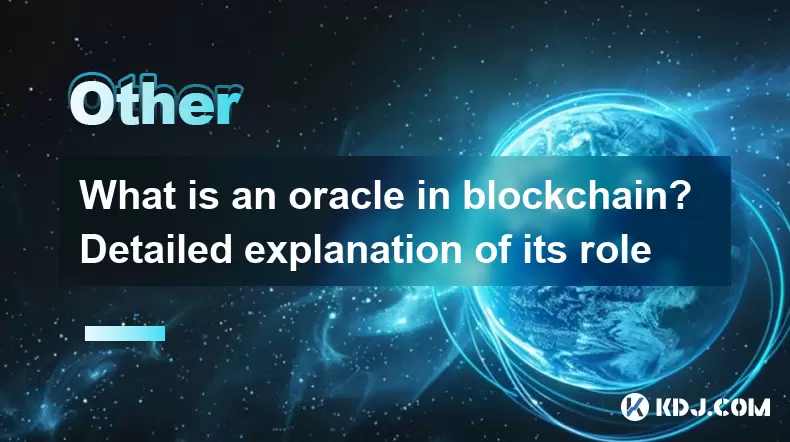
What is an oracle in blockchain? Detailed explanation of its role
Jun 21,2025 at 06:14am
Understanding the Concept of an Oracle in BlockchainIn the realm of blockchain technology, an oracle is a trusted third-party service that connects sm...
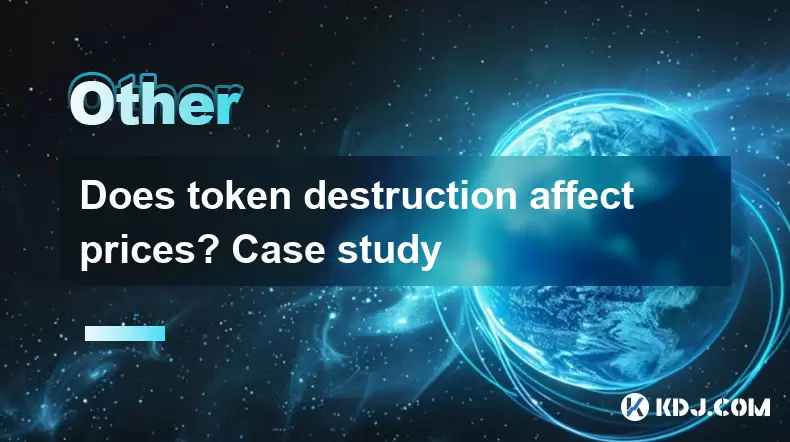
Does token destruction affect prices? Case study
Jun 22,2025 at 02:50am
Understanding Token DestructionToken destruction, commonly referred to as token burning, is a process where a portion of cryptocurrency tokens is perm...
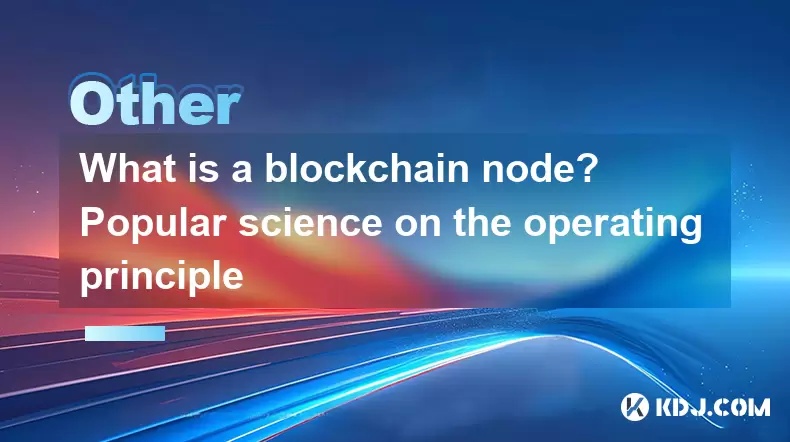
What is a blockchain node? Popular science on the operating principle
Jun 22,2025 at 11:00pm
Understanding the Basics of a Blockchain NodeA blockchain node is essentially a computer connected to a blockchain network that participates in valida...
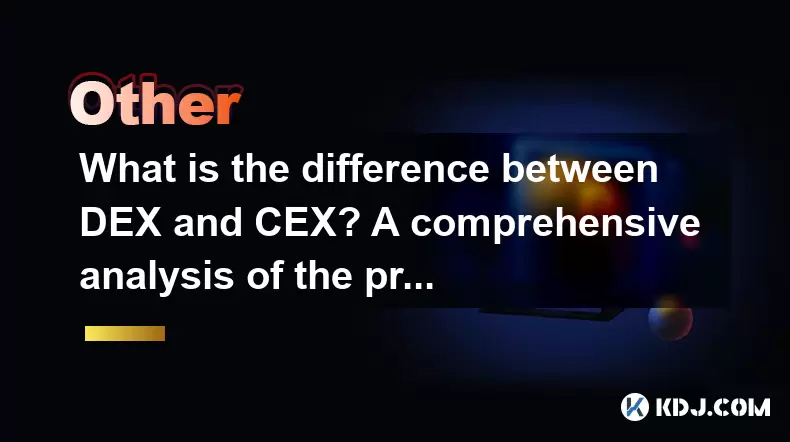
What is the difference between DEX and CEX? A comprehensive analysis of the pros and cons
Jun 24,2025 at 09:42am
What is a DEX (Decentralized Exchange)?A DEX, or Decentralized Exchange, operates without a central authority. Unlike traditional platforms, DEXs allo...
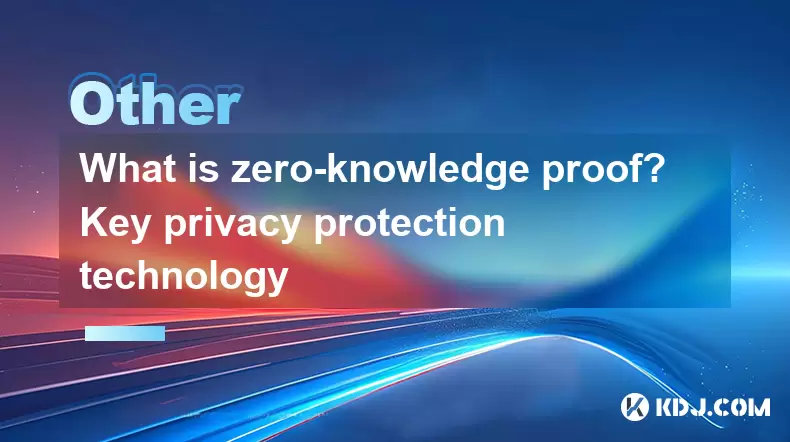
What is zero-knowledge proof? Key privacy protection technology
Jun 22,2025 at 07:29pm
Understanding Zero-Knowledge ProofZero-knowledge proof (ZKP) is a cryptographic method that allows one party to prove to another party that they know ...
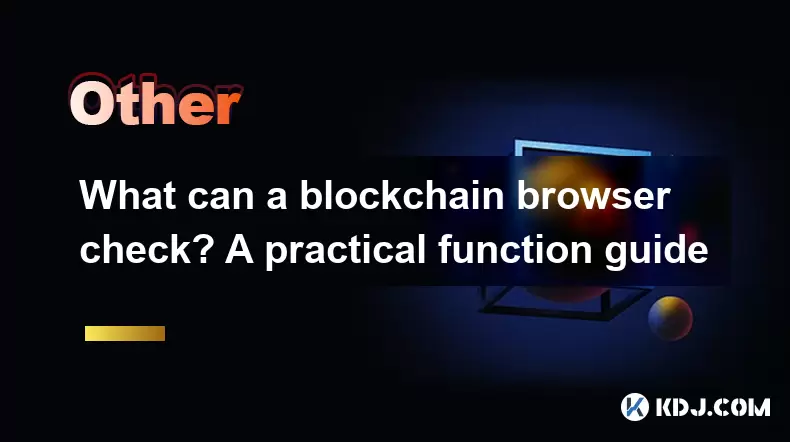
What can a blockchain browser check? A practical function guide
Jun 20,2025 at 07:35pm
Understanding the Role of a Blockchain BrowserA blockchain browser serves as a powerful tool for anyone interacting with blockchain networks. It allow...

What is an oracle in blockchain? Detailed explanation of its role
Jun 21,2025 at 06:14am
Understanding the Concept of an Oracle in BlockchainIn the realm of blockchain technology, an oracle is a trusted third-party service that connects sm...

Does token destruction affect prices? Case study
Jun 22,2025 at 02:50am
Understanding Token DestructionToken destruction, commonly referred to as token burning, is a process where a portion of cryptocurrency tokens is perm...

What is a blockchain node? Popular science on the operating principle
Jun 22,2025 at 11:00pm
Understanding the Basics of a Blockchain NodeA blockchain node is essentially a computer connected to a blockchain network that participates in valida...

What is the difference between DEX and CEX? A comprehensive analysis of the pros and cons
Jun 24,2025 at 09:42am
What is a DEX (Decentralized Exchange)?A DEX, or Decentralized Exchange, operates without a central authority. Unlike traditional platforms, DEXs allo...

What is zero-knowledge proof? Key privacy protection technology
Jun 22,2025 at 07:29pm
Understanding Zero-Knowledge ProofZero-knowledge proof (ZKP) is a cryptographic method that allows one party to prove to another party that they know ...

What can a blockchain browser check? A practical function guide
Jun 20,2025 at 07:35pm
Understanding the Role of a Blockchain BrowserA blockchain browser serves as a powerful tool for anyone interacting with blockchain networks. It allow...
See all articles

























































































